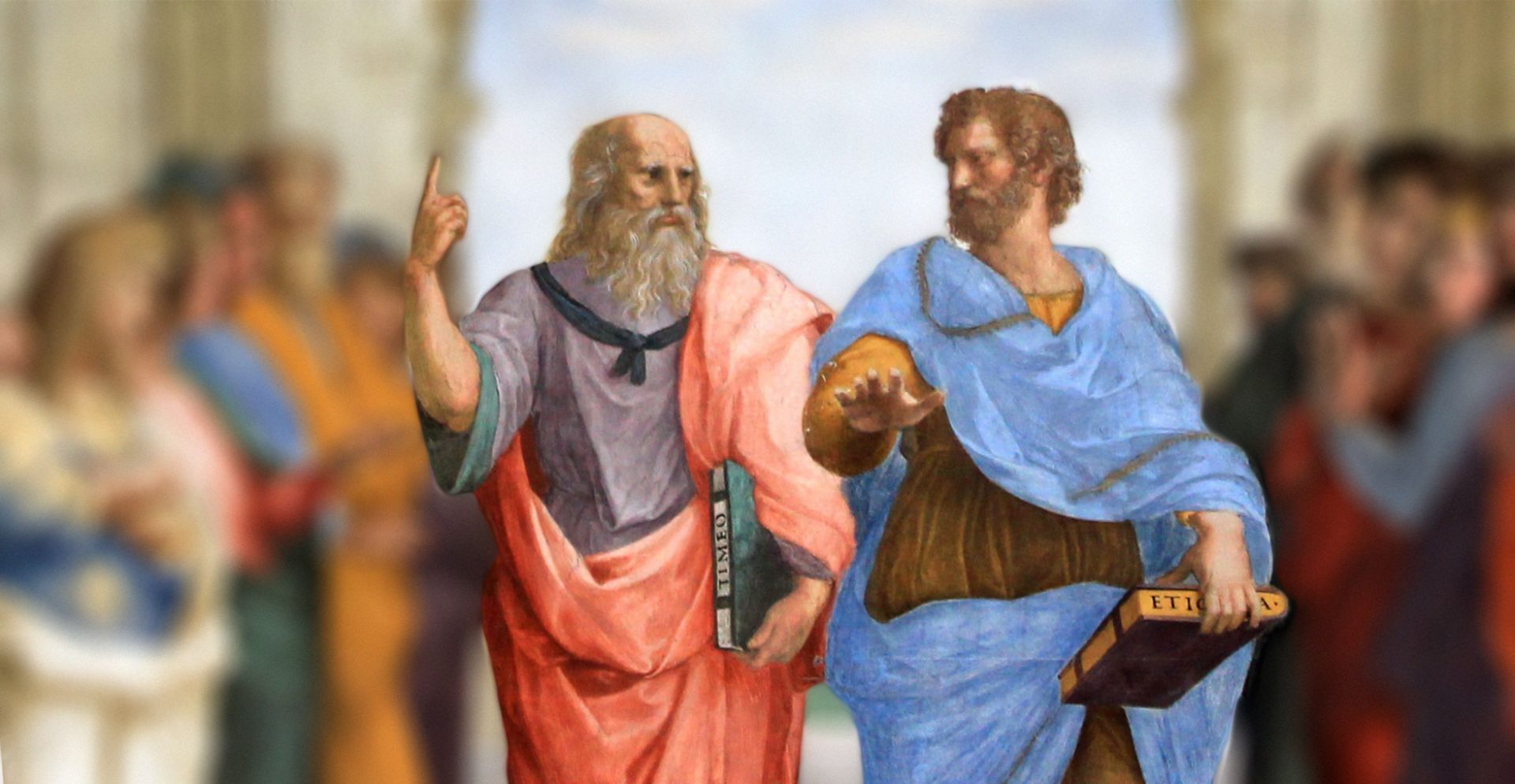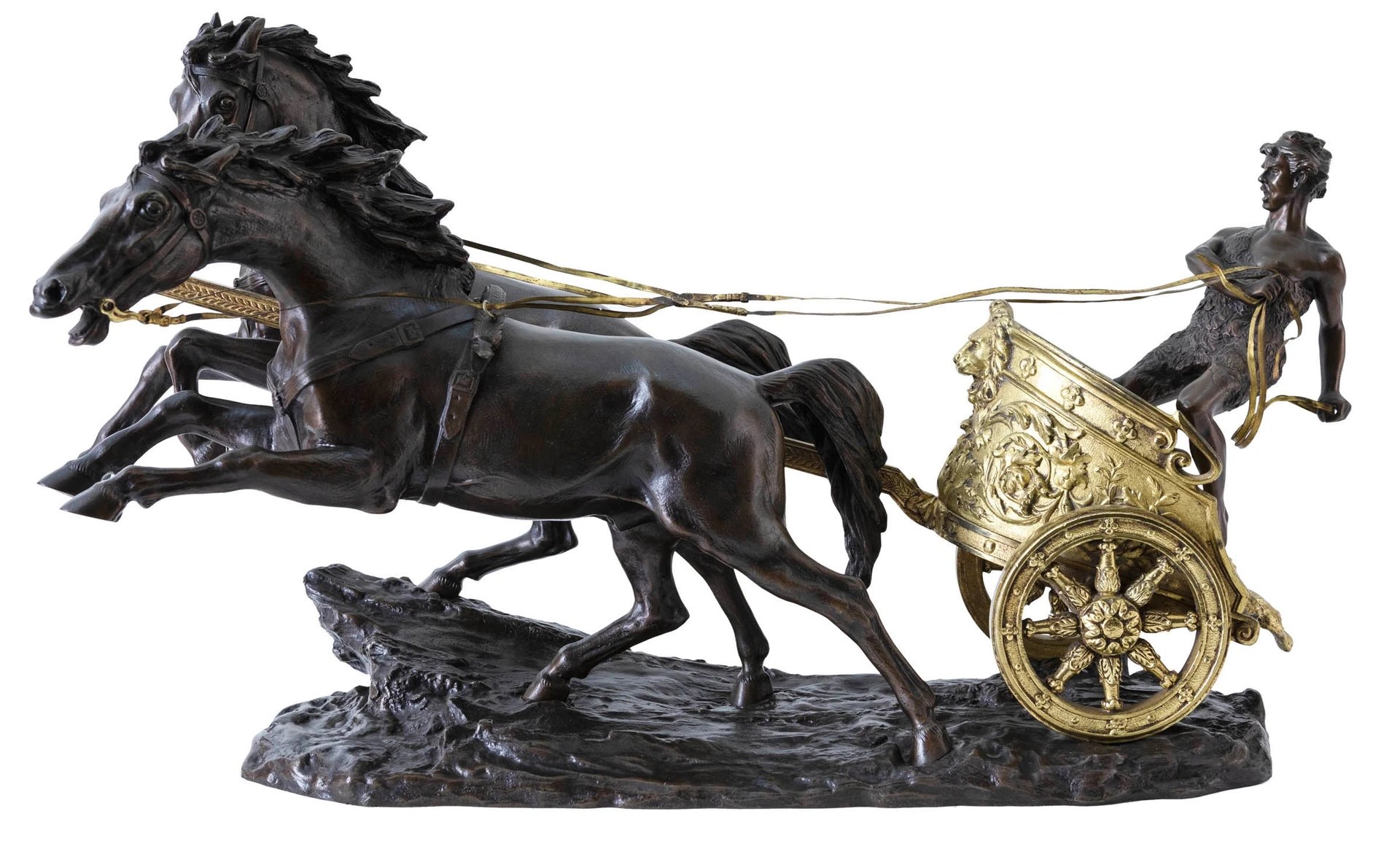Art as imitation: is art a good or a bad thing?
Art has been a subject of fascination for humans for centuries, and for good reason. It has the power to inspire, to provoke, and to challenge our perspectives on the world around us. But as we admire the beauty and intricacy of artistic creations, we must ask ourselves: is art really just an imitation of reality? And if so, is it a good or a bad thing?
The debate over the role of art as an imitation of reality has been ongoing for centuries, with some arguing that art merely imitates life, while others argue that it has the power to transform and transcend reality. Some believe that art is a mirror of society, reflecting back to us the beauty and flaws of the world around us, while others see it as a form of escapism, allowing us to disconnect from reality and lose ourselves in a world of imagination.
In this post, we will be looking at what Plato and Aristotle had to say about art and its place, or lack thereof, in society.
The preamble here is that our concept of ‘art’ is not the same as that of the ancient Greeks. As Darren Hudson Hick points out, their way of organising their activities and products diverged so much from ours. Nevertheless, they observed and studied practices that we today would call the arts. From these studies, they concluded that essentially, many of these practices seemed to have an imitative nature.
Plato
Back to Plato, according to whom only ideas are real. Art is imitation, he said; it imitates the things we see around us. In their turn, these things are imitations of ideas, which, on the other hand, as well as real, are perfect and unchanging; they are the only reality and, if we wanted to know that reality, we would be able to do so only through our rationality.
The table you’re sitting at is a mere imitation of the perfect idea, or Form, of a table, therefore it has an inferior type of existence that is not as real as that of the idea of a table.
As if it weren’t already unfortunate that the material things we see around us — say, tables, chairs, buses, and buildings — are not real, art is in an even worse position. It imitates these things that are already an imitation; it is an imitation of an imitation, twice removed from the reality of ideas. Artists, therefore, create things that are so far removed from reality that they deceive us and give us false knowledge.
Take the image below as an example. It seems to show us a hole punched in a plastered red brick wall through which we see a forest of ferns, grass, and moss-covered twigs, branches, and tree trunks.
Yet, it is but an example of trompe l’oeil, which is French for “deceives the eye”. It’s a printed sticker sold on a generic sticker website, created by some unnamed artist and stuck to an otherwise flat, sealed, plastered wall. We are looking at a sticker, an image, that imitates a punctured wall with forest views. The English word image can be traced to the Latin imago, meaning copy, or likeness. Plato would call this process of imitation mimesis.

If Plato were to see this sticker, he would criticise it for trying to deceive us into thinking the wall really has a hole. He would accuse it of trying to give us false knowledge of what there really is, of being. Ontology is a branch of philosophy that deals with the nature of being, and therefore Plato’s criticism is an ontological criticism.
However, artworks are not only guilty of ontological deception. Plato also takes umbrage against art for its moral effect. He levels this criticism particularly at works of tragedy and poetry. Tragedy is a genre of drama that was an important part of ancient Greek culture, imitating characters and their actions and events. Aristotle wrote that a characteristic of tragedy is having some great person who goes through some great emotional turning point in circumstances (peripeteia). This reversal of fortune would be the most powerful part of a plot.
While this may seem harmless enough, Plato thinks art has a negative moral effect. For Plato, acting in a morally right way consists of thinking calmly and acting rationally. Arguably, some of the most exciting works of literature (with which I’m lumping drama, film, and other forms of art based on narrative) are about the emotional more than the rational, about intensity more than calmness. Unchecked emotions, as they are often portrayed in tragedy for their dramatic effect, run diametrically opposite to thinking calmly and acting rationally.
Plato accuses poets and tragedians of concerning themselves with these inferior characteristics of the human soul. They magnify and intensify passion and emotions to the detriment of reason. Moreover, their works often involve displays of the extreme rather than the mild and moderate. While these extremes may make fictional characters more interesting, they also have nothing to do with the Truth. They set a bad example of how we are to act, and this is Plato’s moral criticism of art. In Plato’s world, where Truth and knowledge reign in supreme importance, things that deceive us are bad for us. For this deception, artists should be banished.
Aristotle
Like Plato, Aristotle affirms that art is imitation. However, he has no moral condemnation of it. He argues that imitation underpins the way we learn. An essential part of our becoming morally virtuous, that is, of developing high moral standards, is the imitation of good deeds until we form a habit of it. As children, we imitate our parents and guardians. As we grow up, we also tend to find delight in works of imitation. This also happens when we are shown imitations and representation of things we would probably find extremely distressing had we to personally, directly experience them in real life.
Take Boromir’s death in Lord of the Rings: The Fellowship of the Ring (New Line Cinema, 2001). We may be delighted by how well it’s been scripted, directed, acted out, and edited; in how the musical score carries the scene, in the choice of lighting and colour, the costumes, the makeup, and the timing. When all these things work together synergistically, they give us an exquisite movie experience. The representation is realistic enough that, for a while, we suspend our disbelief not only in dwarfs and elves, but that what we are experiencing is not really happening. We let ourselves be engulfed and moved by the work.
We feel sadness, or pity, or fear, or disgust when we watch a work of tragedy. The work arouses these feelings in us, and this, Aristotle tells us, allows us to accomplish catharsis. Catharsis is the process of releasing, and thereby providing relief from, strong or repressed emotions. Despite our suspension of disbelief, we still know that we are not seeing a real thing: we are witnessing an imitation or representation that does not belong in real life and by which we are not concretely, physically affected. There is a certain distance between what happens in the book, on stage, or on the screen, and what happens as soon as we pause for that toilet break — notwithstanding the fact that we may check that toilet door twice during The Shining (1980). We know that what we have din front of us is a work of art, and we derive pleasure from that knowledge.
Works of art that arouse these strong feelings, do so in a refined and purified form that we could not usually experience. Art, in this way, is able to make us feel and see things that mundane, everyday life doesn’t usually show us. It engages our imagination, helps us broaden our examined life while educating and refining our emotions. If this is, indeed, how some works of art affect us, then it can be argued that they help us become more virtuous, and, therefore, it would make artworks of this type morally valuable.
In an upcoming essay we will be looking further into the mimetic theory of art, that is the theory that the defining qualities of art are imitation and representation as outlined above. Until the turn of the 20th century, it would provide the dominant answer to the ontological question, “what is art?”
Conclusion
As we can see from what we’ve briefly gleamed in the above, the question of whether art as imitation is a good or bad thing is complex and multifaceted. While some argue that art simply reflects reality, others contend that it can distort our perception of the world. Regardless of where you stand on this debate, there are several books that can provide a deeper understanding of the role of art in society:
- “Introducing Aesthetics and the Philosophy of Art” by Darren Hudson Hick is a beginner’s guide to the key concepts and debates in the field of aesthetics and the philosophy of art. It covers topics such as beauty, art and morality, and interpretation in a clear and accessible manner.
- “Ways of Seeing” by John Berger: This classic book explores how our perception of art is shaped by cultural and historical context. Berger argues that art is not a neutral reflection of reality, but rather a product of societal values and power structures.
- “Art as Therapy” by Alain de Botton and John Armstrong: In this book, the authors argue that art has the power to heal and enrich our lives by providing emotional and psychological benefits. They propose a new approach to art appreciation that emphasizes its therapeutic value.
- “The Shock of the New” by Robert Hughes: This book offers a sweeping history of modern art, tracing its evolution from the Impressionists to the Postmodernists. Hughes argues that art is an essential part of our cultural heritage, and that it reflects and shapes our understanding of the world.
- “Art and Illusion” by E. H. Gombrich: In this classic work of art history, Gombrich examines the relationship between art and perception. He argues that art is not a mere imitation of reality, but rather a complex and dynamic process of visual communication.
Whether you are an artist, an art lover, or simply interested in the role of art in society, these books can offer valuable insights and perspectives on the question of art as imitation.



